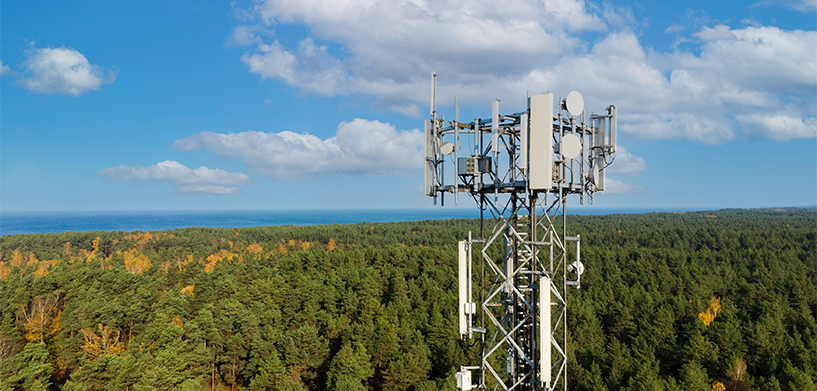The holistic health of physical networks, including electric, gas, water, wastewater, multiutility and fiber, is critical for utilities and communication organizations to operate efficiently. These organizations must adapt and prepare for evolving requirements, especially with the push for more fiber communications, distributed energy resource management systems (DERMS), microgeneration, electric vehicles (EVs), IoT devices and sensors and ever-changing regulations.
Utilities and communications organizations manage and maintain large, spatially distributed networks of physical assets, which require complex fieldwork to deploy, inspect and repair. And utilities’ business capabilities and customers depend on the availability and reliability of these assets.
With thousands or millions of assets to support, incorporating an enterprise asset management (EAM) system can improve the availability and reliability of physical assets throughout all phases of the assets’ lifecycles – from planning and design to construction, live operation, in maintenance and ultimately, abandoned in place or removed.
EAMs maximize the performance, reliability and longevity of a network’s assets. They manage physical assets such as tracking costs and history, maintaining a knowledge base and tracking asset documentation, and they reduce downtime and optimize operational efficiencies – from optimizing work order planning, preventative maintenance, automated alerts and inventory on hand to analyzing trends, tracking asset performance, increasing “wrench time” and repairing or replacing assets. This is proactive management.
Digitally transform your network with an EAM
Utilities and communications organizations have relied on legacy solutions that don’t enable intelligent planning and operations. These traditional solutions are challenged by requirements for high-quality network models and tight integration with many other systems to support such efforts.
An organization’s physical network and assets are digitally represented by a network and topology model, known as a digital twin, which is used in every aspect of utilities and communications business operations. Connecting this network digital twin with an EAM system supports multidata flows and allows for a more complete view of the assets and a single source of truth across all operations. An EAM system ultimately makes a digital twin intelligent, which is why combining the two to create a geospatial asset management (GeoAM) solution improves multiple business process lifecycles and value chains. Robust digital twin network models are the cornerstone of building out intelligent operations.
“Let’s say I have a transformer,” said Don Lorente, technical director for utilities and communications in North America at Hexagon’s Safety, Infrastructure & Geospatial division. “We might keep the voltage, the phase, the year it was installed and a few other attributes on it in the digital twin. But if you go into EAM, there’ll be complete manufacture specs of it – any issues with that particular year would be noted, the physical dimensions of it will be noted and the serviceable parts will be noted. It’s storing 10 times more attributes about that asset than we are with the digital twin. By linking the two, we’re getting a much more complete view of the asset.”
Utilities and communications organizations need an accurate, up-to-date, flexible, integration-ready EAM solution complete with a topology-centric physical network model that can be accessed by different users in the ecosystem by whichever method is most convenient (i.e., web, desktop, mobile). Increasing efficiency and enabling intelligent operations today with an EAM system will unlock new business value and opportunities to transform tomorrow.
Unlock the full potential of your network
Learn more about how HxGN NetWorks can help you perform and transform your network.















